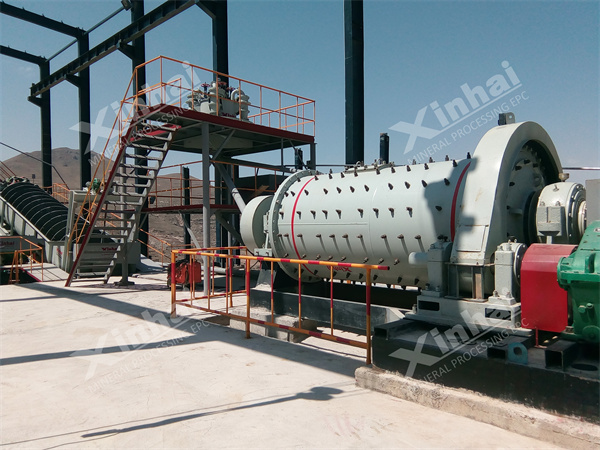Ball mills are essential equipment in the mining and mineral processing industries for grinding ores and other materials. Two commonly used types of ball mills are grid type ball mills and overflow ball mills. While they serve similar purposes, there are distinct differences between them in terms of structure, operation, and application. This article aims to provide a comprehensive comparison between grid type ball mills and overflow ball mills to help readers understand their advantages, disadvantages, and suitable applications.
1. Grid Type Ball Mill
Grid type ball mills have a grid-shaped discharge port, which is located at the bottom of the mill.
The grid plate is installed in the discharge end, with several holes for discharging materials.
The grid plate is designed to prevent the ball from discharging too early, ensuring thorough grinding.
This type of mill is characterized by its simple structure and easy maintenance.
2. Overflow Ball Mill
Overflow ball mills have a cylindrical shape with an overflow discharge port located at the trunnion end.
When the mill is overloaded or the slurry viscosity is too high, the material overflows from the discharge end.
Overflow ball mills are suitable for fine grinding operations and are often used in wet grinding processes.
These mills are known for their high processing capacity and energy efficiency.

1. Grid Type Ball Mill
In a grid type ball mill, the ore particles are fed into the mill through the hollow shaft.
The materials are crushed and ground by the grinding media (steel balls) as the mill rotates.
The ground materials are discharged through the grid plate at the bottom of the mill.
Grid type ball mills are suitable for coarse grinding and primary grinding operations.
2. Overflow Ball Mill
In an overflow ball mill, the ore slurry flows from the feed end to the discharge end.
The mill is filled with grinding media (steel balls), and the materials are ground by the tumbling action of the balls and the slurry.
The ground materials are discharged through the trunnion at the discharge end.
Overflow ball mills are suitable for fine grinding and secondary grinding operations.
1. Grinding Efficiency
Grid type ball mills are more suitable for coarse grinding and have a higher grinding efficiency for large particles.
Overflow ball mills are more suitable for fine grinding and have a higher grinding efficiency for small particles.
2. Discharge Mode
Grid type ball mills have a grid plate at the discharge end to control the discharge size and prevent over-grinding.
Overflow ball mills have an overflow discharge port, allowing materials to overflow when the mill is overloaded, preventing equipment damage.
3. Processing Capacity
Grid type ball mills typically have a lower processing capacity compared to overflow ball mills due to the limitation of the grid plate.
Overflow ball mills have a larger processing capacity and can handle higher throughput rates.
4. Application
Grid type ball mills are commonly used for primary grinding in concentrators and are suitable for processing coarse particles.
Overflow ball mills are often used for fine grinding in mineral processing plants and are suitable for processing fine particles.
In conclusion, both grid type ball mills and overflow ball mills have their advantages and disadvantages, and their suitability depends on the specific requirements of the grinding process. Grid type ball mills are more suitable for coarse grinding and have a simple structure, while overflow ball mills are more suitable for fine grinding and have a higher processing capacity. Understanding the differences between these two types of mills is crucial for selecting the appropriate equipment for mineral processing operations.